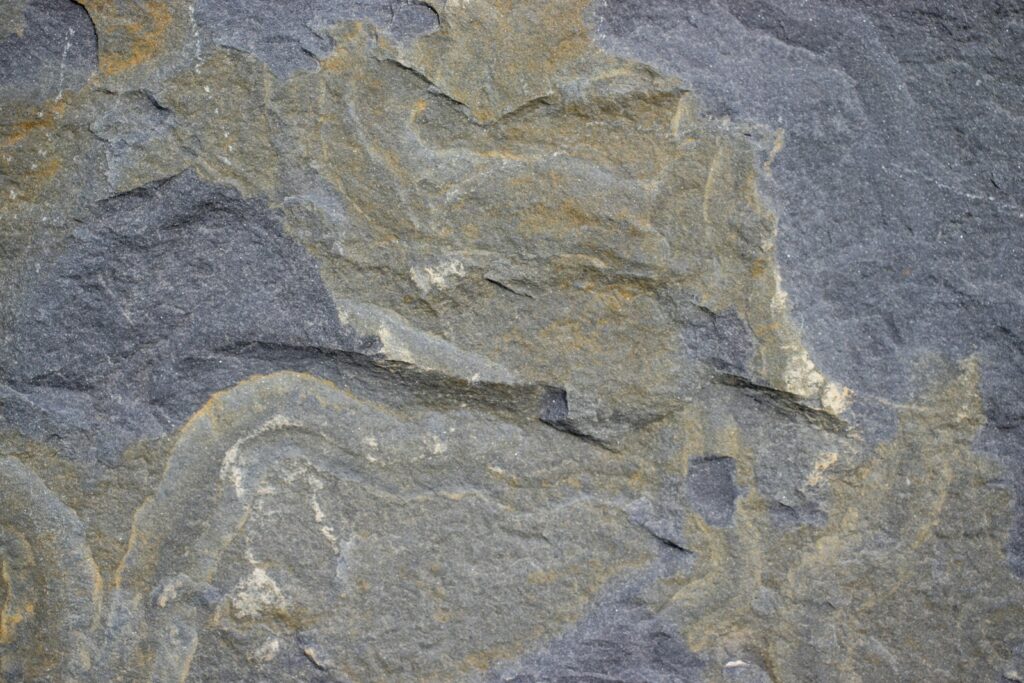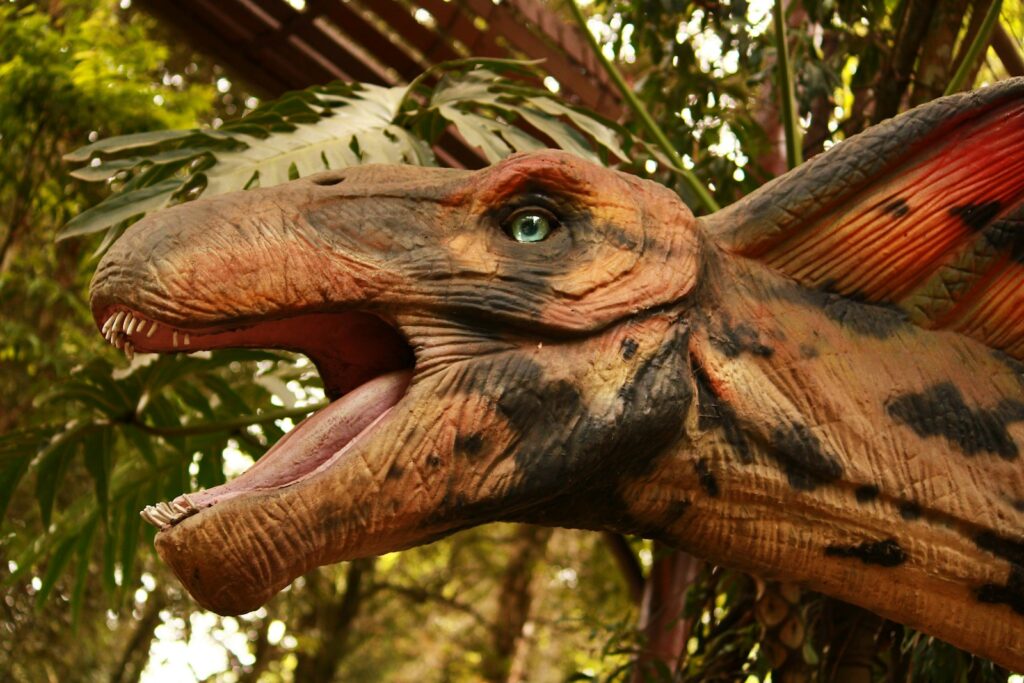Picture this: a massive Tyrannosaurus rex tucking its head under its arm like a sleepy swan, or a long-necked Brachiosaurus curling up in a cozy ball like a modern-day flamingo. For decades, scientists have wondered whether these ancient giants shared sleeping habits with their modern descendants. Recent fossil discoveries have finally started to unlock this prehistoric mystery, revealing surprising connections between dinosaur slumber and the way birds rest today. The evidence is reshaping everything we thought we knew about how these magnificent creatures lived their daily lives millions of years ago.
The Breakthrough Discovery That Changed Everything
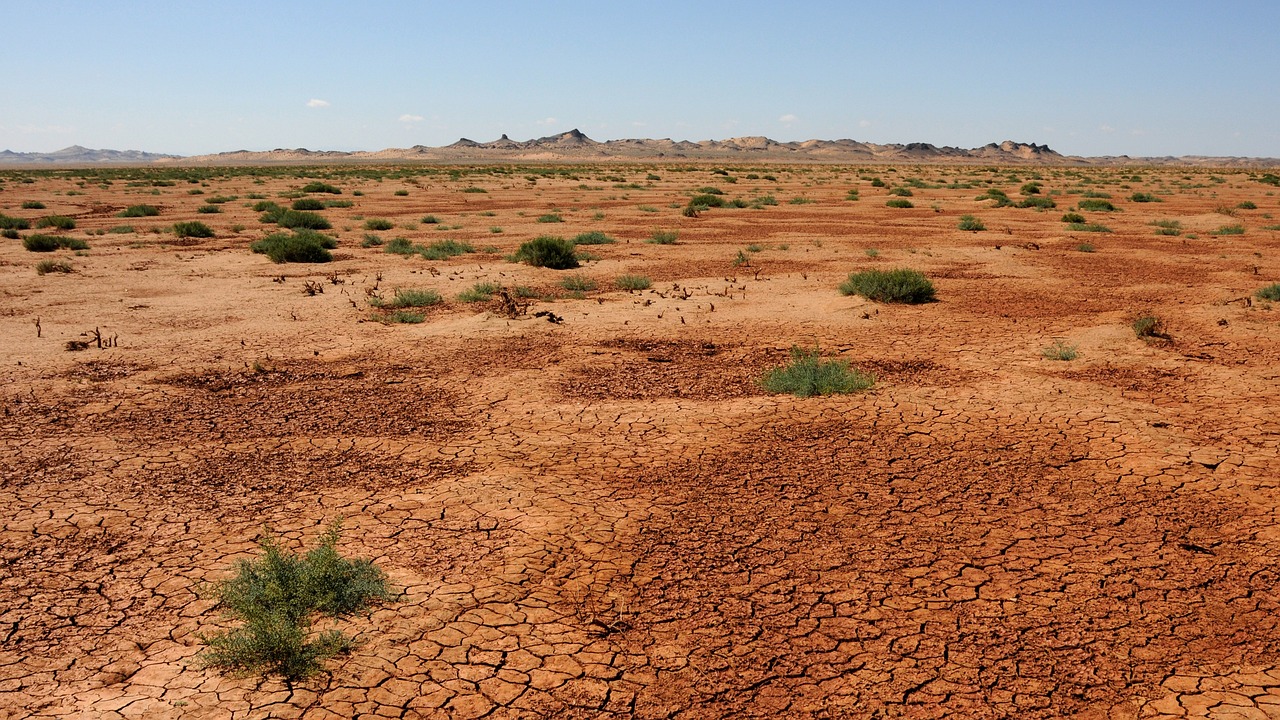
In 2004, paleontologists made a groundbreaking discovery in the Gobi Desert that would revolutionize our understanding of dinosaur behavior. They uncovered the fossilized remains of a small raptor called Mei Long, which translates to “sleeping dragon” in Chinese. This wasn’t just any ordinary fossil – it was preserved in a sleeping position identical to how modern birds rest.
The dinosaur’s head was tucked back over its body, with its snout nestled near its hip, just like a bird hiding its head under its wing. The positioning was so perfect that scientists initially thought it might have been artificially arranged. However, further analysis confirmed this was indeed the natural resting position of the animal when it died.
How Modern Birds Sleep
Before diving deeper into dinosaur sleep patterns, it’s essential to understand how their living relatives behave. Birds have developed several fascinating sleeping strategies that help them survive in the wild. Most birds tuck their heads backward and rest their beaks against their back feathers or under their wings, creating a warm pocket that conserves body heat.
This position isn’t just about comfort – it’s about survival. By reducing their exposed surface area, birds can maintain their body temperature more efficiently during cold nights. Some birds even sleep while standing on one leg, using a special locking mechanism in their tendons to prevent them from falling over.
The Science Behind Fossil Sleep Positions
Determining sleep positions from fossils requires careful analysis of bone alignment and joint flexibility. Scientists examine the natural range of motion in dinosaur joints to understand whether certain positions were physically possible. The preservation of soft tissues, though rare, can also provide crucial clues about sleeping behaviors.
Taphonomy, the study of how organisms decay and fossilize, plays a vital role in this research. When an animal dies in its sleep, it’s more likely to be preserved in a natural resting position. Scientists can distinguish between death poses and sleeping positions by analyzing the surrounding sediment and the condition of the bones.
More Sleeping Dinosaurs Emerge From the Rock
Following the Mei-long discovery, paleontologists have identified several other dinosaur species preserved in similar sleeping positions. Sinornithoides young, another small theropod, was found with its head tucked back in the characteristic bird-like pose. These discoveries span different geological periods, suggesting that this sleeping behavior evolved early in dinosaur evolution.
The consistency of these findings across different species and periods indicates that bird-like sleeping wasn’t just a random occurrence. It appears to have been a common behavioral trait among certain groups of dinosaurs, particularly the smaller theropods that were more closely related to modern birds.
Why Dinosaurs Adopted Bird-Like Sleep Patterns

The reasons behind this sleeping behavior likely mirror those of modern birds. Thermoregulation was probably the primary driver, as tucking the head back helps retain body heat during cooler nighttime temperatures. For smaller dinosaurs, which had higher surface-area-to-volume ratios, heat loss would have been a significant concern.
Protection of vulnerable body parts also played a role. By tucking their heads back, dinosaurs could shield their eyes, nostrils, and other sensitive areas from potential threats or environmental hazards. This defensive posture would have been particularly important for species that slept in exposed areas rather than in protective burrows or nests.
The Evolutionary Connection Between Dinosaurs and Birds
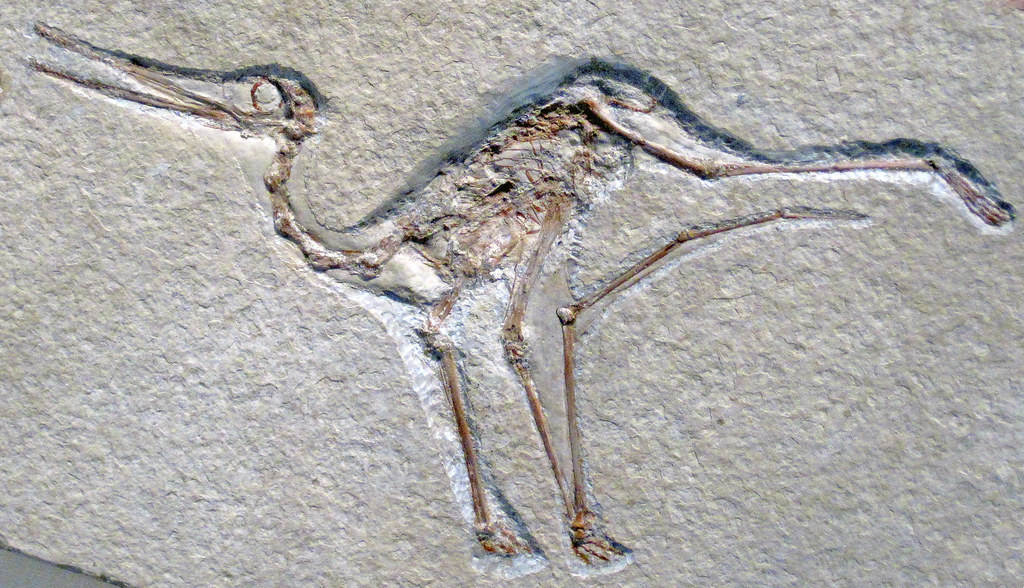
These sleeping behaviors provide compelling evidence for the evolutionary relationship between dinosaurs and birds. The fact that both groups share such specific behavioral traits suggests these patterns were inherited from a common ancestor. This behavioral continuity spans over 100 million years of evolution, highlighting the deep connection between ancient and modern animals.
The discovery of feathered dinosaurs has further strengthened this connection. Many of the dinosaurs found in sleeping positions also possessed feathers, which would have enhanced their ability to thermoregulate while resting. This combination of behavioral and anatomical evidence paints a clearer picture of how modern bird behaviors evolved from their dinosaur ancestors.
What Large Dinosaurs Did Differently
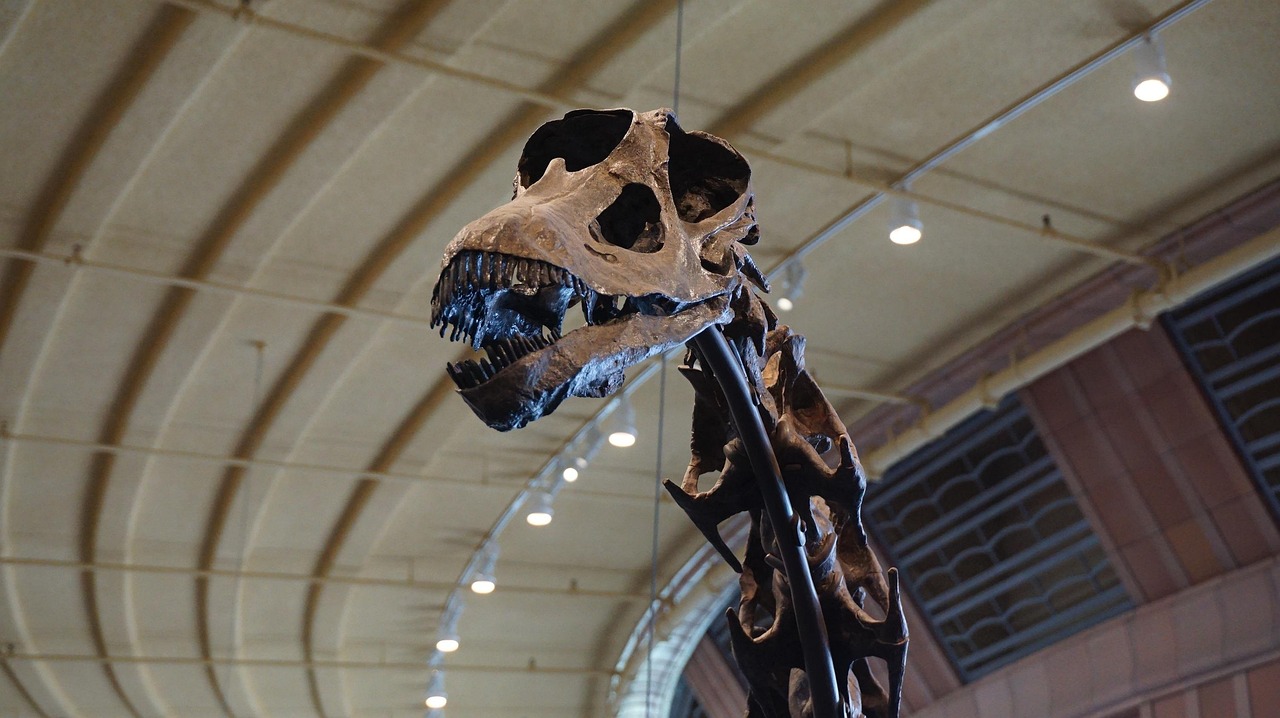
While smaller dinosaurs slept like birds, larger species likely had different resting strategies. Massive sauropods and heavily armored dinosaurs couldn’t physically tuck their heads back due to their size and anatomy. Instead, they probably slept lying down with their heads extended, similar to how large mammals rest today.
Some evidence suggests that large dinosaurs may have slept in groups for protection and warmth. Fossil trackways showing multiple individuals moving together hint at social behaviors that might have extended to sleeping arrangements. The sheer size of these animals would have made them less vulnerable to predators, allowing for different sleeping strategies than their smaller relatives.
The Role of Feathers in Dinosaur Sleep
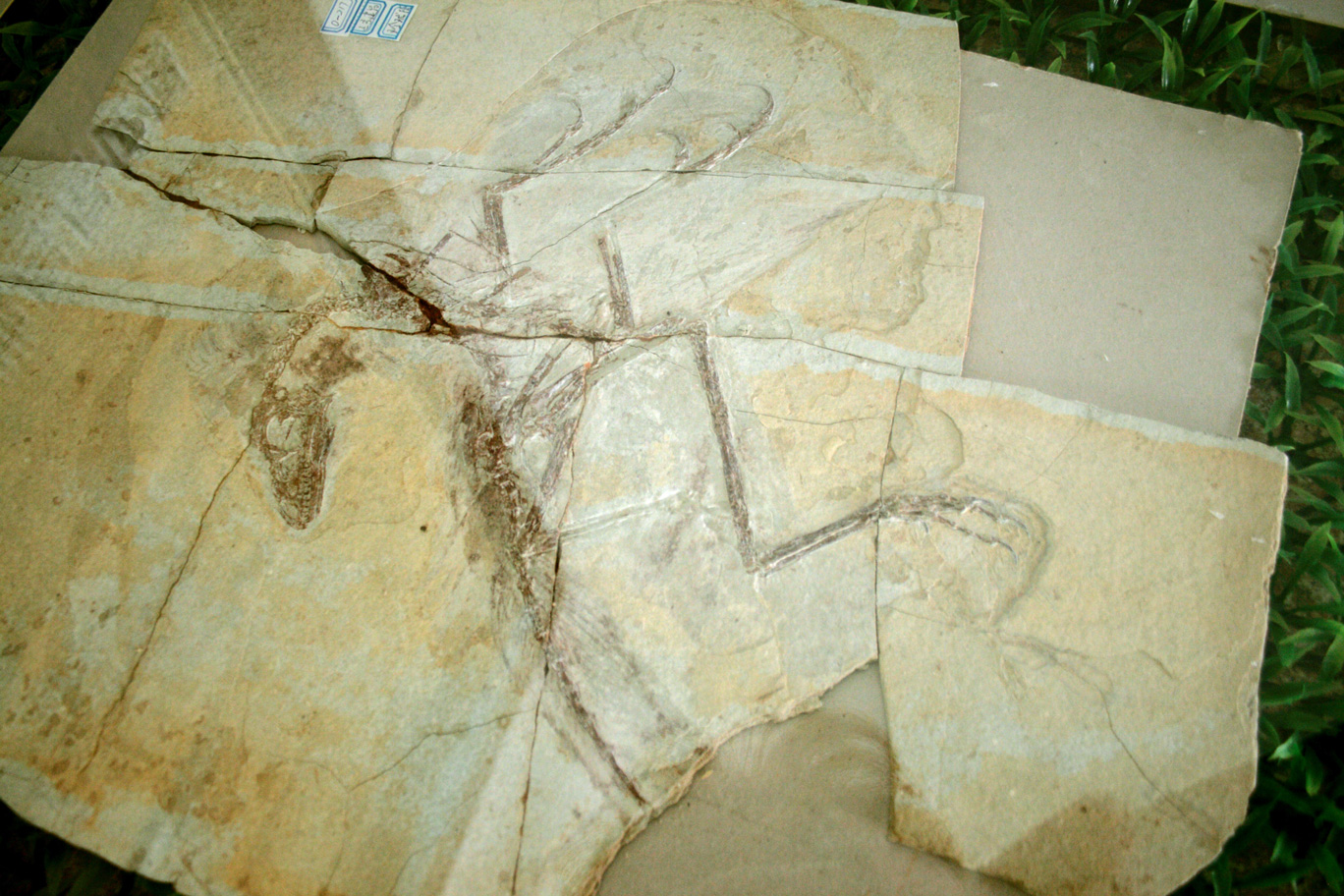
Feathers weren’t just for flight – they were crucial for thermoregulation during sleep. Dinosaurs with feathered bodies could create insulating air pockets by fluffing their plumage, much like modern birds do. This ability would have been especially important for species living in cooler climates or at higher altitudes.
The discovery of dinosaurs with different types of feathers suggests that some species had specialized sleeping adaptations. Down-like feathers would have provided excellent insulation, while longer feathers might have helped cover and protect exposed body parts during rest. This diversity in feather types indicates that different dinosaur species had evolved specific strategies for comfortable and safe sleep.
How Dinosaur Sleep Patterns Affected Their Daily Lives
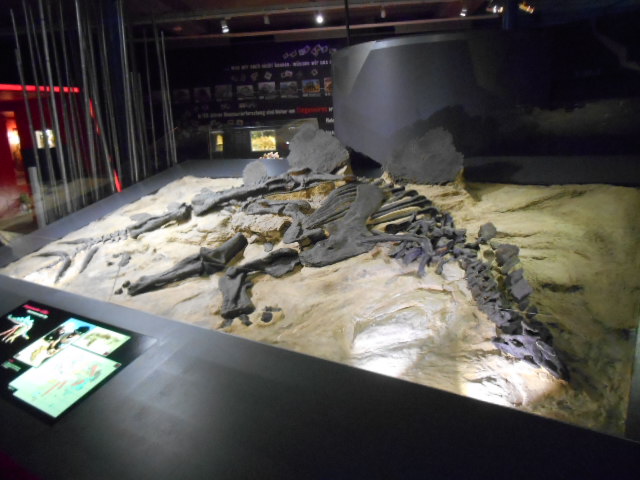
Understanding dinosaur sleep patterns helps us reconstruct their daily routines and social behaviors. Species that slept in bird-like positions were likely more active during daylight hours, following circadian rhythms similar to modern birds. This diurnal lifestyle would have influenced their hunting patterns, mating behaviors, and social interactions.
Sleep requirements also varied among different dinosaur species. Smaller, more active dinosaurs probably needed longer rest periods to recover from their high-energy lifestyles. Larger species, with their slower metabolisms, might have required less sleep but still needed regular rest periods to maintain their massive bodies.
Environmental Factors That Influenced Dinosaur Sleep
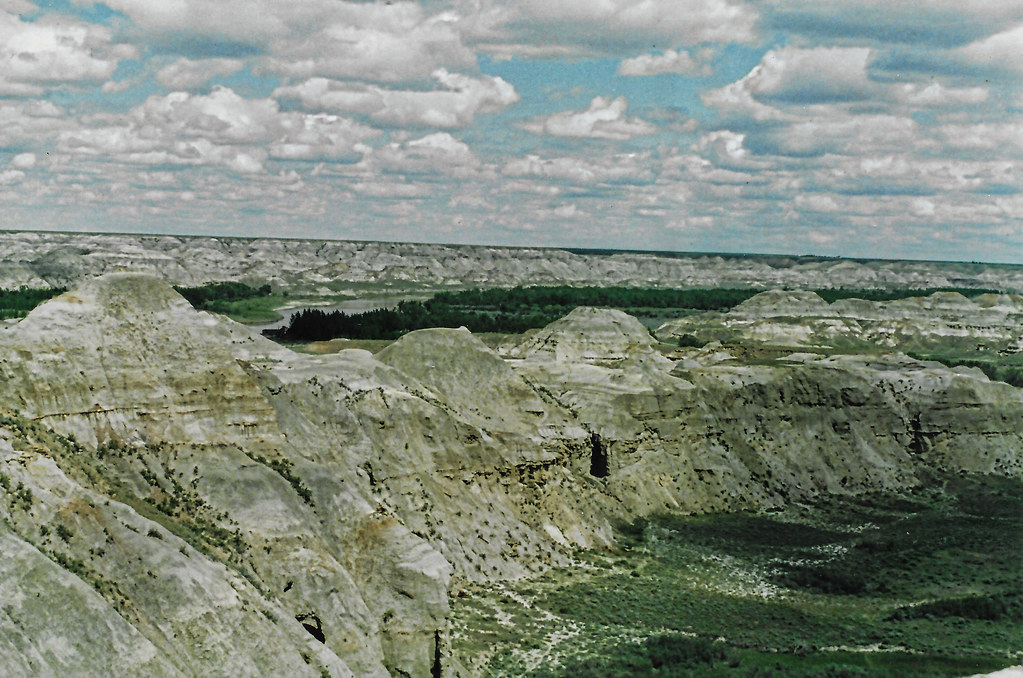
Climate and habitat played crucial roles in shaping dinosaur sleeping behaviors. Species living in colder regions or higher altitudes would have needed more efficient thermoregulation strategies, making bird-like sleeping positions even more advantageous. Seasonal changes would have also affected sleep patterns, with some dinosaurs possibly entering periods of reduced activity during harsh weather.
The availability of safe sleeping sites influenced where and how dinosaurs rested. Forest-dwelling species might have slept in trees or dense vegetation, while open-plain dinosaurs had to develop strategies for sleeping in exposed areas. These environmental pressures helped shape the evolution of different sleeping behaviors across various dinosaur groups.
Modern Technology Reveals Ancient Secrets
Advanced imaging techniques and computer modeling have revolutionized our understanding of dinosaur sleep. CT scans of fossil skulls can reveal brain structures related to sleep patterns, while 3D modeling helps scientists understand the biomechanics of different sleeping positions. These technologies allow researchers to test hypotheses about dinosaur behavior without damaging precious fossils.
Chemical analysis of fossilized bones can also provide insights into dinosaur metabolism and daily activity patterns. By examining growth rings and isotope ratios, scientists can determine whether dinosaurs were warm-blooded or cold-blooded, which directly affects their sleep requirements and patterns.
What This Means for Our Understanding of Dinosaur Intelligence
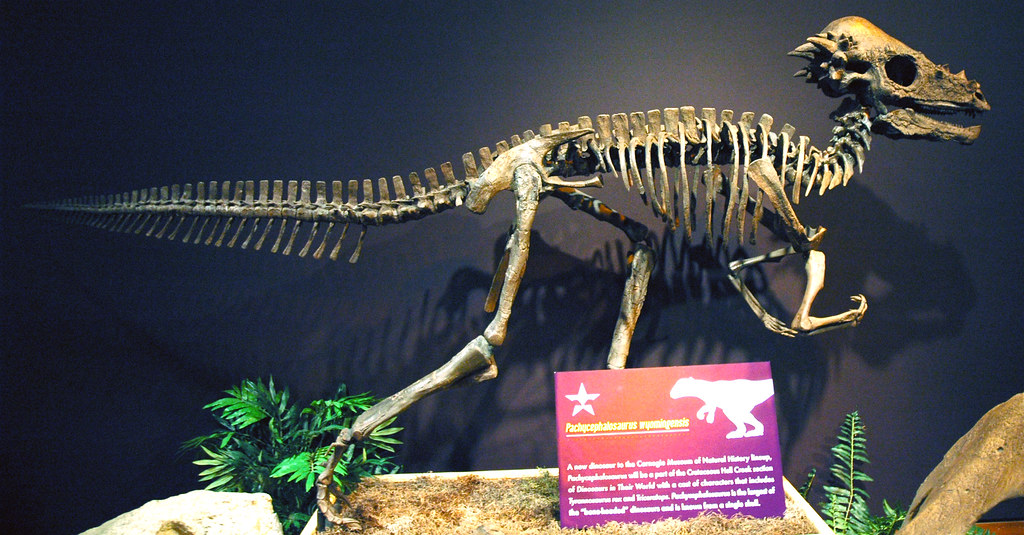
The complexity of dinosaur sleeping behaviors suggests these animals were more intelligent than previously thought. The ability to choose appropriate sleeping positions and adapt to environmental conditions requires cognitive flexibility and learning capabilities. This behavioral sophistication challenges old stereotypes of dinosaurs as simple, instinct-driven creatures.
Sleep is also crucial for memory consolidation and learning in modern animals. The fact that dinosaurs had organized sleep patterns suggests they possessed more complex cognitive abilities than we once imagined. This finding has implications for our understanding of dinosaur social behaviors, problem-solving skills, and adaptability.
Ongoing Research and Future Discoveries
Scientists continue to search for more evidence of dinosaur sleeping behaviors in fossil deposits around the world. Discoveries regularly add to our understanding of how these ancient animals lived and rested. Advances in fossilization research are also helping paleontologists identify subtle clues about behavior that might have been overlooked in the past.
Future research will likely focus on understanding the sleep patterns of different dinosaur groups and how these behaviors evolved. Scientists are also interested in discovering whether dinosaurs dreamed, experienced REM sleep, or had other complex sleep states similar to modern birds and mammals.
The Bigger Picture of Dinosaur Behavior
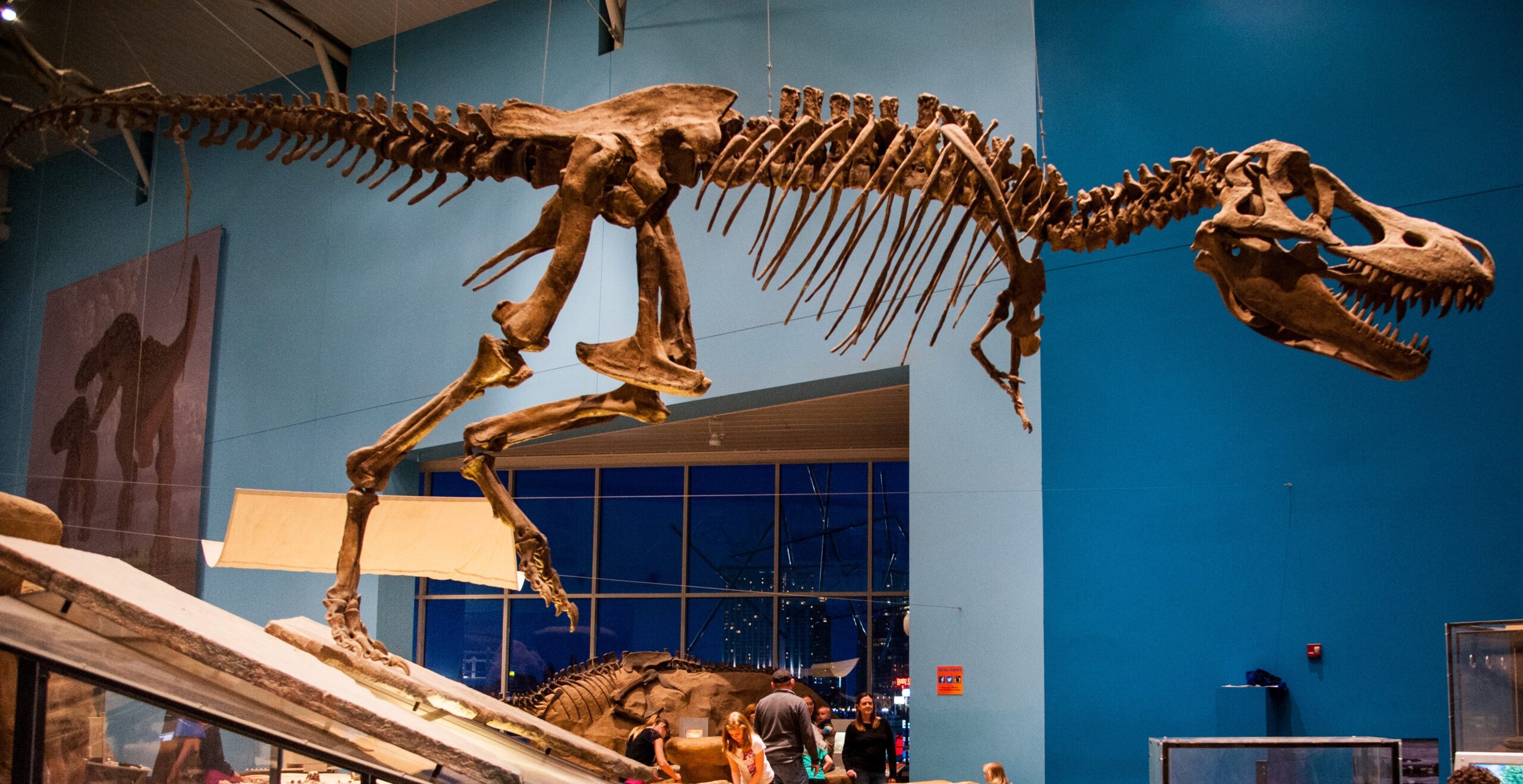
Sleep research is just one piece of the puzzle in understanding dinosaur behavior. Combined with evidence of nesting, parental care, and social interactions, these findings paint a picture of dinosaurs as complex, sophisticated animals with rich behavioral lives. This research helps us see dinosaurs not as Hollywood monsters, but as real animals with daily routines, social needs, and survival strategies.
The study of dinosaur sleep also highlights the importance of behavior in evolutionary biology. Behaviors can be just as important as physical adaptations in determining a species’ success. Understanding how dinosaurs lived their daily lives provides crucial insights into how they thrived for over 160 million years and ultimately gave rise to the birds we see today.
Conclusion
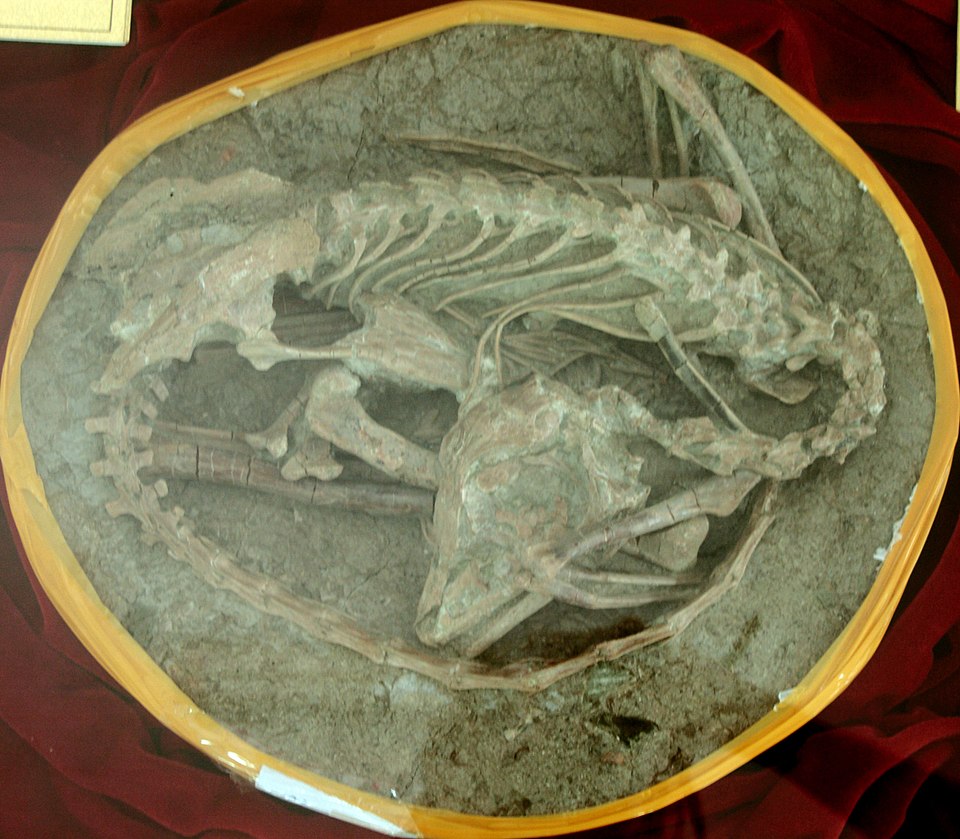
The fossil evidence clearly shows that many dinosaurs did indeed sleep like birds, tucking their heads back in energy-saving positions that modern birds still use today. This remarkable behavioral continuity across millions of years demonstrates the deep evolutionary connections between ancient dinosaurs and their feathered descendants. From tiny raptors to massive sauropods, each group developed sleeping strategies suited to their size, environment, and lifestyle. These discoveries transform our understanding of dinosaurs from simple beasts into complex animals with sophisticated behaviors and daily routines. As technology advances and more fossils are uncovered, we continue to unlock the secrets of how these magnificent creatures lived, rested, and thrived in their ancient world. What other surprising similarities between dinosaurs and modern animals might we discover next?

